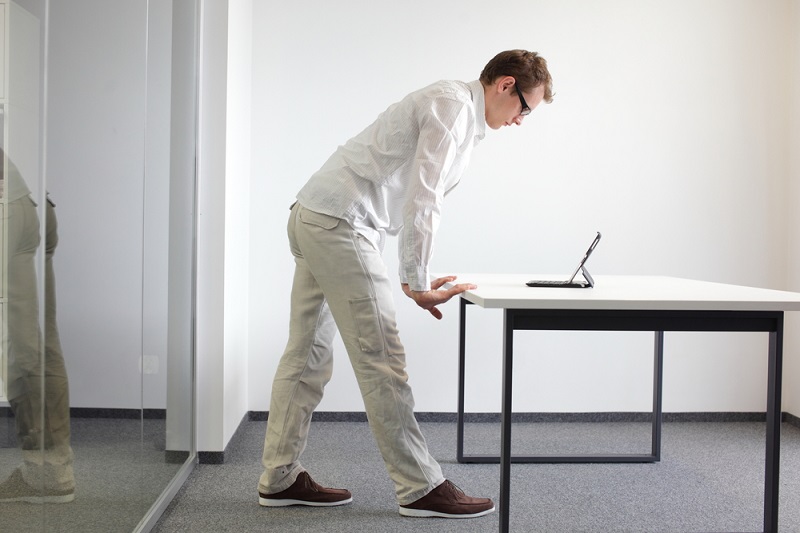Trying to Stand More at Work? Here's How Many More Calories You'll Burn

ANAHEIM, Calif. — From the Apple Watch to standing desks, a number of products today attempt to get users to stand more and sit less. But exactly how many more calories do you burn when you stand instead of sitting down, and can this help you lose weight?
A new study set out to answer these questions by analyzing data from nearly 50 previous studies on the topic. The studies included more than 1,100 people in total. All of these earlier studies measured the difference between calories burned while sitting versus standing.
The results show that standing burned an extra 0.15 calories per minute, on average, compared with sitting. Men burned an extra 0.2 calories per minute while standing, compared with sitting, which was twice as much as women, who burned an extra 0.1 calories per minute while standing, compared with sitting. Men burn more calories per minute because they typically have more muscle mass than women, the researchers said.
The findings mean that, for a person who weighs about 140 lbs. (65 kilograms), substituting sitting with standing for 6 hours a day would burn an extra 54 calories per day, the researchers said. [5 Tips for Sitting Less During Your Workday]
This amount of calories is likely not enough to help people lose weight, but it could help prevent weight gain, said study lead author Dr. Farzane Saeidifard, a research fellow at the Mayo Clinic in Rochester Minnesota, who presented the findings here on Monday (Nov. 13) at the American Heart Association's Scientific Sessions meeting.
Standing is "better than sitting, but you need more activity" for weight loss and for overall health, Saeidifard said. On a calorie-burning scale of 0 to 100, where sitting is 0 and activities like swimming and running are 100, standing would be about a 5 to 10, Saeidifard said.
A growing body of research has found that sitting too long is linked with an increased risk of a number of conditions, including breast and colon cancer, diabetes, and heart disease, as well as an increased risk of early death.
Sign up for the Live Science daily newsletter now
Get the world’s most fascinating discoveries delivered straight to your inbox.
In a separate study, Saeidifard and colleagues looked at the effects of substituting sitting with standing on the severity of heart-disease risk factors, such as high blood pressure, high blood sugar and high BMI. The researchers reviewed seven studies involving about 830 people in total. In these studies, some participants received an "intervention," like a standing desk at work, while others remained sedentary (called the "control groups".)
That study found that, over the course of about four months, people in the intervention groups stood for 1 hour and 15 minutes longer, on average, than those in the control groups. And those in the standing groups showed a slightly greater reduction in blood glucose levels and body fat levels at the end of the intervention, compared with people in the control groups.
On average, people in the intervention groups reduced their body fat levels by 0.7 lbs. (0.3 kg) more than people in the control groups did during the four-month period.
It's helpful to know that "just substituting sitting with standing" can lead to some reductions in fat and blood-sugar levels. But again, people still need more activity in their day for weight loss and overall health, Saeidifard said. National guidelines from the Department of Health and Human Services recommend that people engage in 150 minutes of moderate-intensity activity per week.
Overall, the main takeaway of this research is "please sit less," Saeidifard said. "You can substitute sitting with at least standing," and preferably with other activities like walking, she said.
Original article on Live Science.

Rachael is a Live Science contributor, and was a former channel editor and senior writer for Live Science between 2010 and 2022. She has a master's degree in journalism from New York University's Science, Health and Environmental Reporting Program. She also holds a B.S. in molecular biology and an M.S. in biology from the University of California, San Diego. Her work has appeared in Scienceline, The Washington Post and Scientific American.










